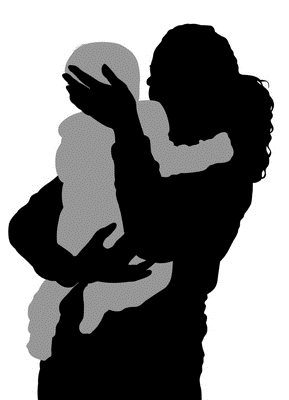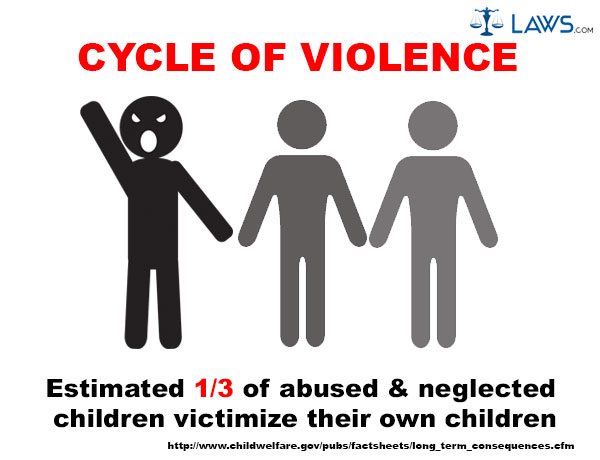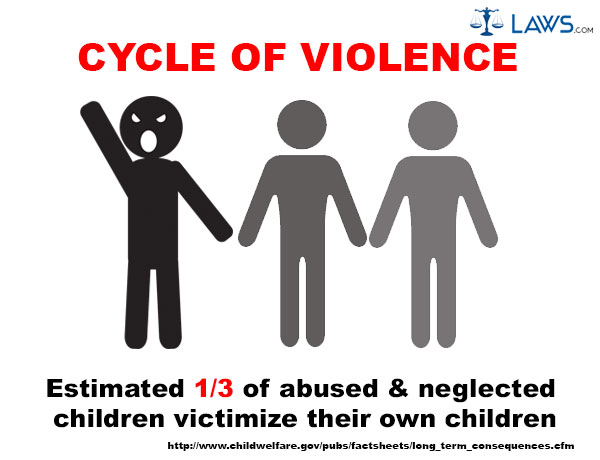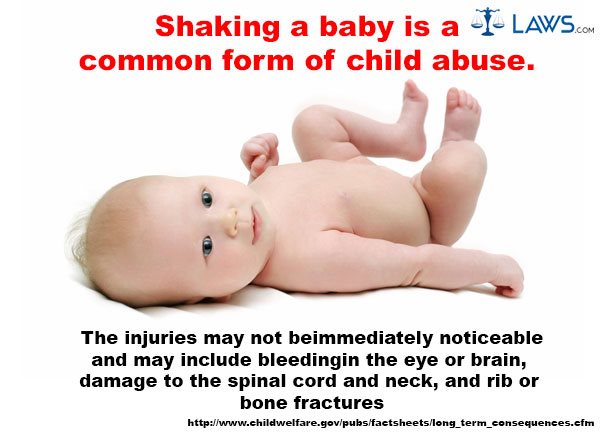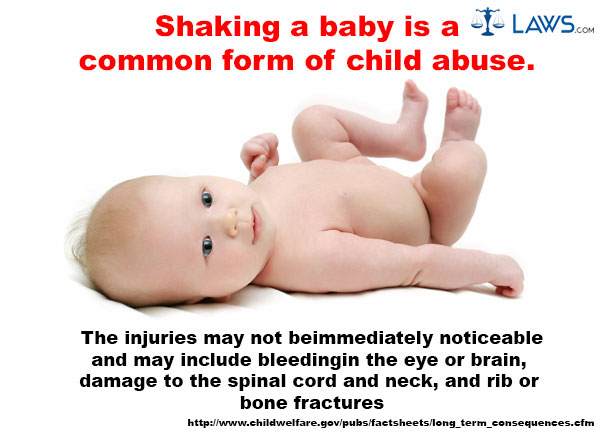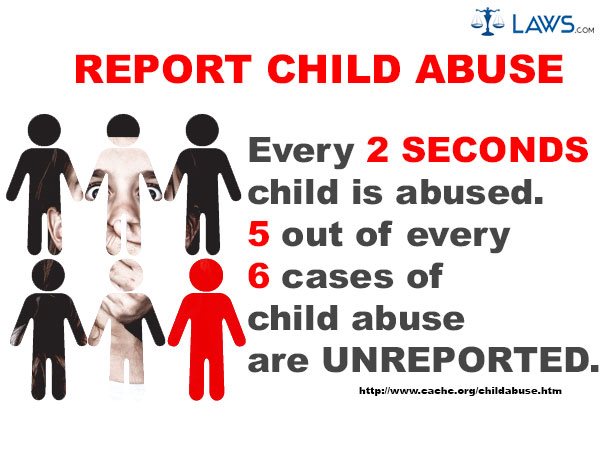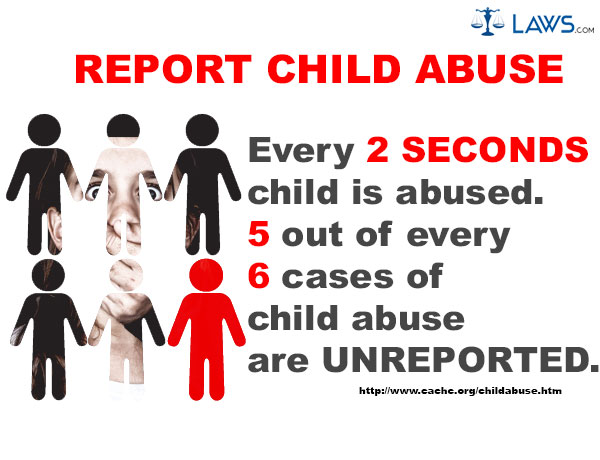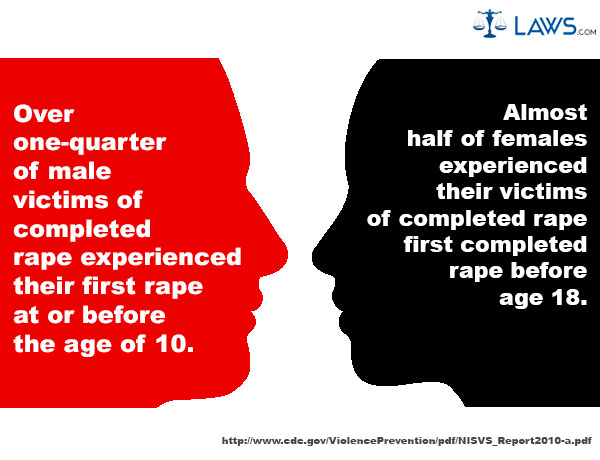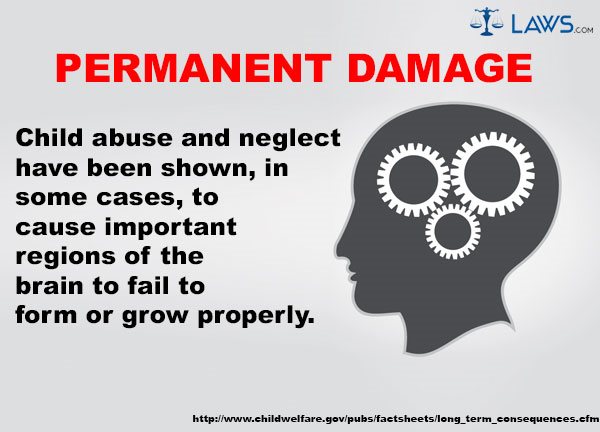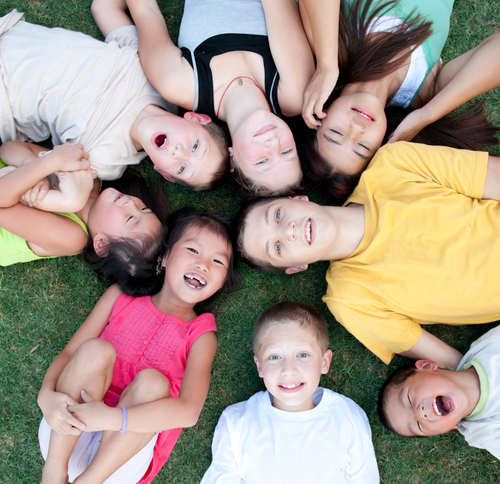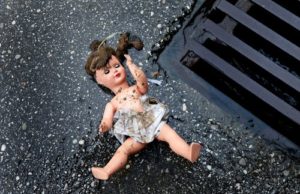What to Do if You Have Been Molested
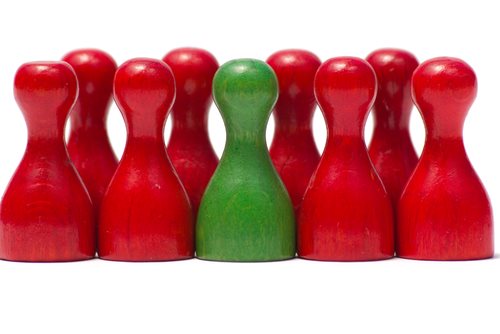 A Message to Individuals Suspecting that They Have Been Molested
A Message to Individuals Suspecting that They Have Been Molested
The events and circumstances that have brought you to this article may vary in nature; you may be doing research with regard to child molestation and other types of sex crimes involving minors – however, if you or someone that you know has been molested, please be assured that there exists a multitude of help and support available to you. Primarily, it is important that you are made aware that you are a victim of a crime; you are neither to blame for being molested, nor are you responsible for the criminal actions of the individual who you may believe to have molested you.
Have You Been Molested?
Due to the fact that you are considering and analyzing applicable events and details in conjunction with an experience that you may have had – in which you suspect to have been molested by another individual, you are embarking on a very important and difficult step within the process of prevention, healing, and recovery. In the event that you are uncertain whether you – or a loved one – have been molested, there exist a multitude of parameters associated with sexual child abuse and the sexual assault of a minor that may allow for clarification in your determination of this suspicion:
Parameter #1
Did illicit, illegal, inappropriate, or violating sexual contact occur?
In the event that you suspect that you or a loved one has been molested, you are encouraged to identify the nature of the actions in which you or another individual were involved – individuals who have been molested are typically the victims of inappropriate, unwelcomed, and invasive sexual contact.
Parameter #2
Are you legally-classified as a Minor?
Sexual offenses that result in an underage victim being molested are considered criminal acts; however, in the event that the victim was below the age of consent within their respective jurisdiction, that crime may be associated with a variety of supplemental charges due to the involvement of minors – state laws vary with regard to the age of consent.
Parameter #3
What was the relationship between the victim and the individual offender?
Regardless of the fact that the individual whom you feel has molested you or a loved one is a family friend, stranger, or acquaintance, victims of child molestation are encouraged to come forth and share the details of their abuse with a law enforcement officer, religious leader, community official, or teacher.
Parameter #4
Were you threatened?
Although child molestation is a crime despite any supplementary details within the circumstances themselves, the use of threats and exploitation may add to the difficulty and hardship experienced by the victim; however, if you received threats from the offender, you are encouraged to report any or all offenses in order to prevent further molestation and abuse.
Penn State Faces Questions and Scrutiny for Alleged Abuse of Children

Technology Aides the Protection of Children and Domestic Violence
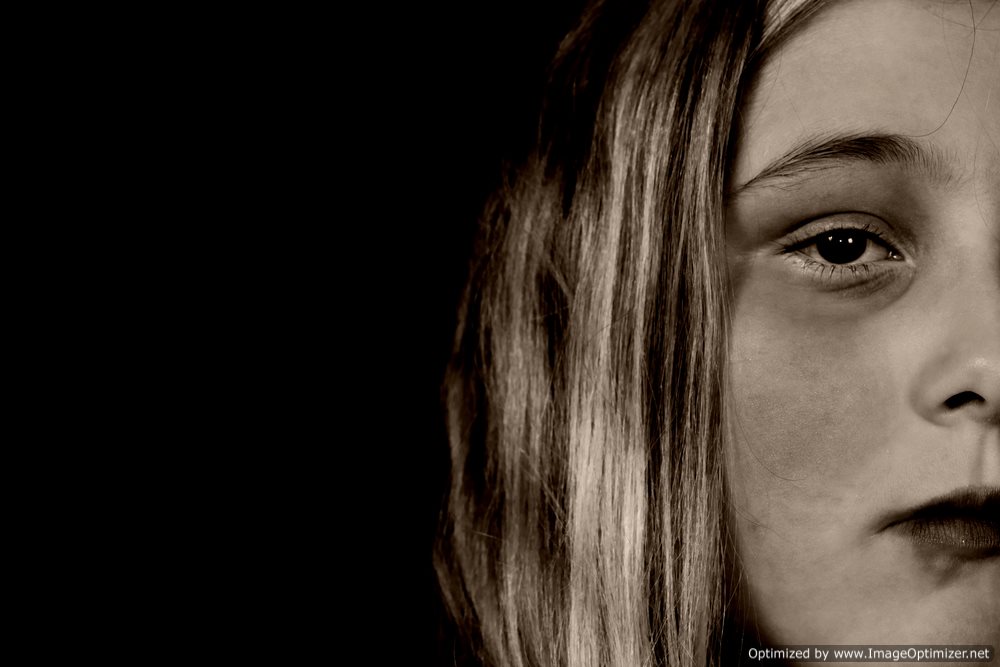
Child Abuse Intervention Center Opens on Indian Reservation
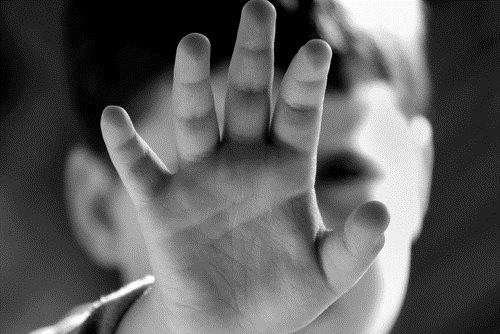
Child abuse is an unfortunate reality on a large amount of Native American reservations throughout the United States. However, some Native American reservations are taking steps to address child abuse and prevent child abuse in the future. The Warm Springs Indian Reservation is just one example.
On November 5, 2012, the U.S. Attorney’s Office for the District of Oregon announced that the Indian Health Service and the Confederated Tribes of the Warm Springs Indian Reservation recently opened a Child Abuse Intervention Center. The center holds a medical clinic where caregivers part of the Indian Health Service (HIS) can interview and examine Native American children who were potentially abused sexually and/or physically.
After the medical examinations are completed, the cases will be forwarded to law enforcement officials.
The center is called “Snwiyaila Miyanashna” which means “Talking for the Children.” The Child Abuse Intervention Center is located in the HIS offices on the Warm Springs Reservation, and the center was blessed by tribal elders on November 5, 2012. The ceremony was attended by Council members and tribal police officers, advocates for victims, prosecutors, and case works. Representatives from the HIS, the U.S. Attorney’s Office, and the Federal Bureau of Investigation also attended the ceremony.
The Executive Director of Snwiyaila Miyanashna, Dr. Rachel Locker, stated: “This Child Abuse Intervention Center is only the second of its kind on tribal lands in the United States. The Warm Springs tribal elders have shown incredible leadership in protecting the children in their Tribal Nation.”
The Child Abuse Intervention Center increases efforts to stop child abuse on the Warm Springs reservation. The Child Abuse Multi-Disciplinary Team (MDT) has operated on the reservation for years. The MDT is made of federal prosecutors, FBI agents, case works, medical professionals, and police officers that meet every month to review investigations and prosecutions on child abuse.
Source: Fedeal Bureau of Investigation
Child Grooming
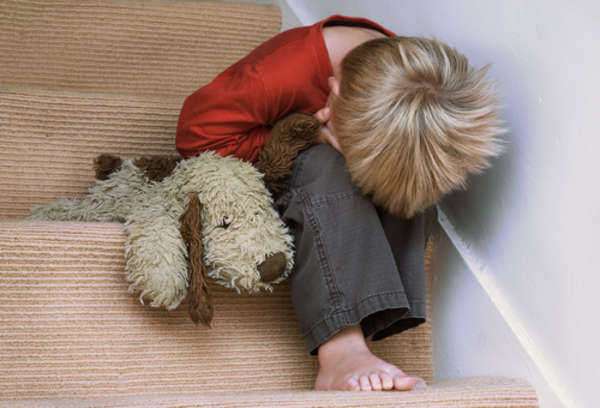
What is Child Grooming?
Child grooming is a term used in the context of child sexual abuse. Grooming is process used by the abuser to establish the trust of the child and the trust of the child’s parents or guardians as well. According to the Hero Project, predators will usually try and gain access to a child by grooming the parents.
For example, a predator may groom a parent by dating the child’s mother with actual interests in the child. This concept was popularized in literature by Vladimir Nabokov in the book titled Lolita. Another example of grooming the parents includes offering to babysit or perform favors for the family only in order to gain access to the parents.
Steps Involved in Child Grooming Behavior
A predator can groom a child for months or even years in order to make the child more comfortable and accept physical touch from the predator. The Hero Project indicates the first touching is usually nonsexual, such as an “accidental” touch to a hand or shoulder or playful tickling.
At some point, the predator will introduce a level of secrecy between the child and the parents. The predator may allow the child to engage in activity the parents would not approve of such as staying up late or eating junk food. These secrets eventually result in the predator making threats to maintain a level of secrecy after sexual contact has started. They may tell the child that they’ll hurt a family member if they tell or tell the child that their parents will hate them if they tell.
Other Types of Child Grooming
Predators will often target children who are trusting, quiet or a victim of abuse in the past. The level of touch will continually increase, and the predator
may even spend time with the child during bedtime. They try to isolate the child and increase the level of contact to see how the child reacts.
Predators also engage in the following types of child grooming:
· kissing the child in an inappropriate way
· holding the child on their lap when the predator is aroused
· playing tag and pulling down the child’s pants
· touching that seems harmless like wrestling, tickling, or massaging
· treating the child like they are equal or a spouse
How to Recognize Child Grooming
Many parents believe that child grooming is preventable if a close family member or friend helps take care of the child. This is a myth. A large percentage of predators are family members or close acquaintances.
The best way to look out for child grooming is to constantly talk with the child’s teachers, coaches, day care personnel, or others that are around the child constantly. These adults may be able to notice changes in the child’s behavior.
The Hero Project encourages parents to make unannounced visits as much as possible. Also, parents should make sure to emphasize that their children can tell them anything. Ask as many questions as possible.

